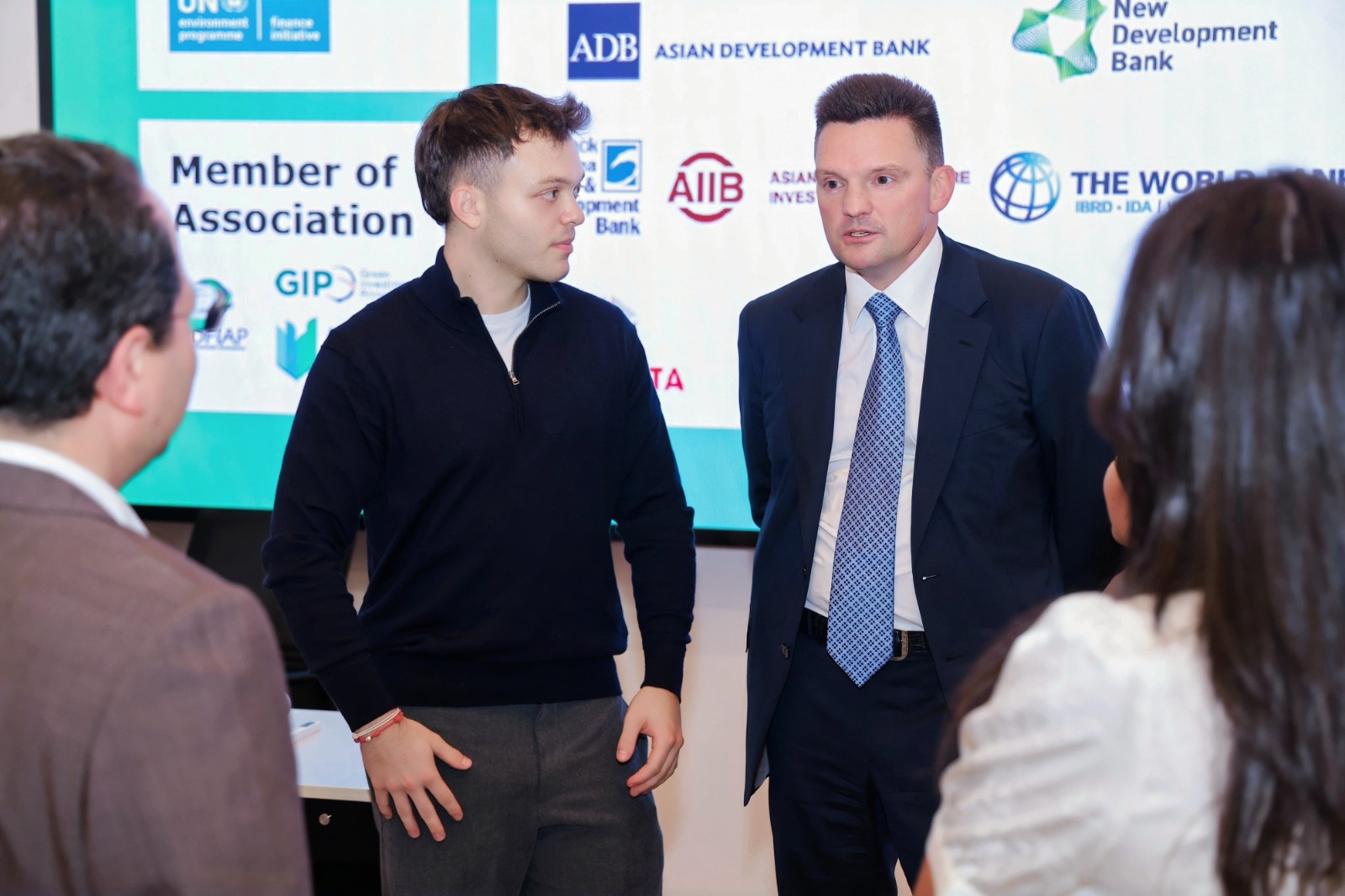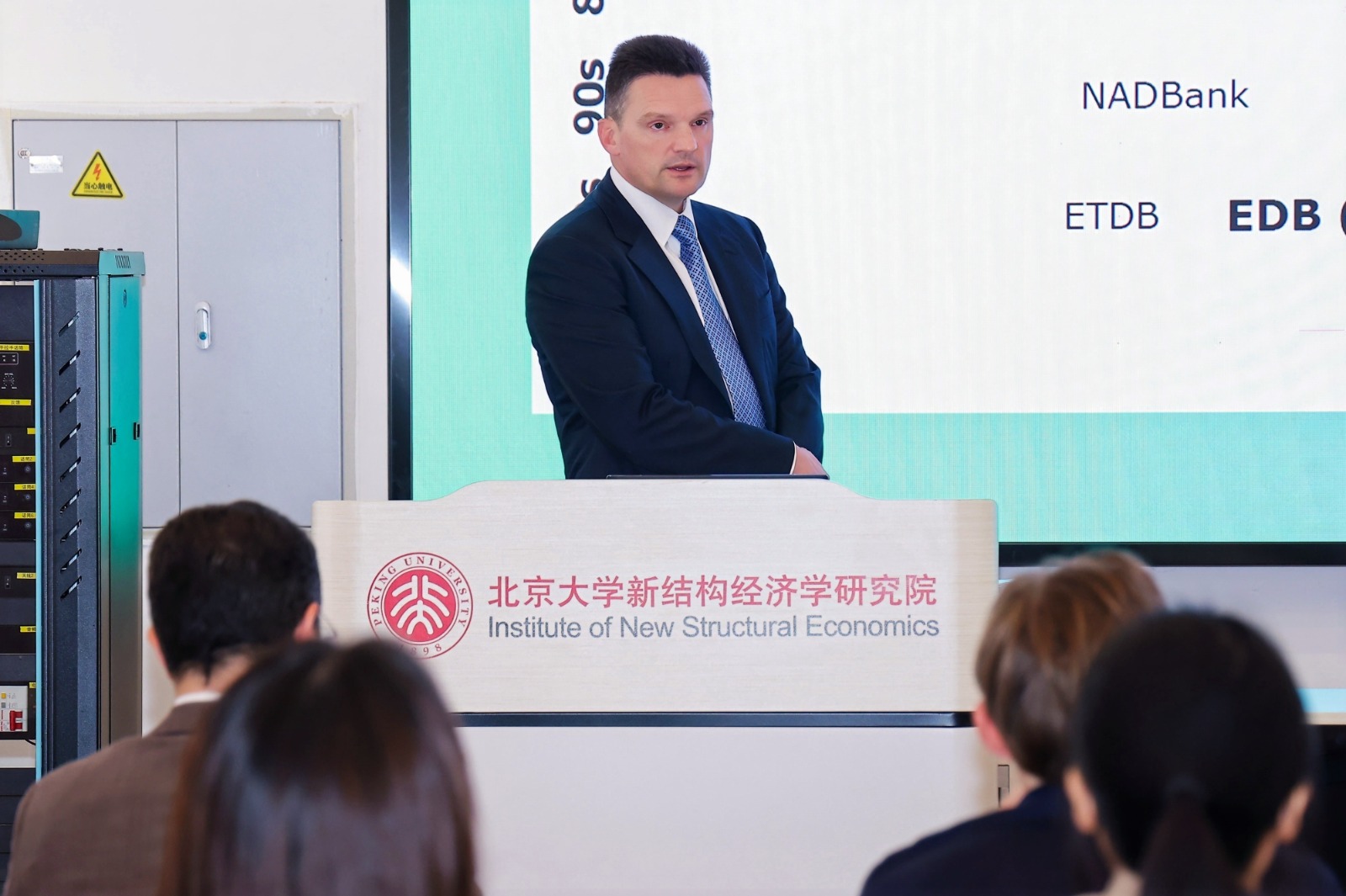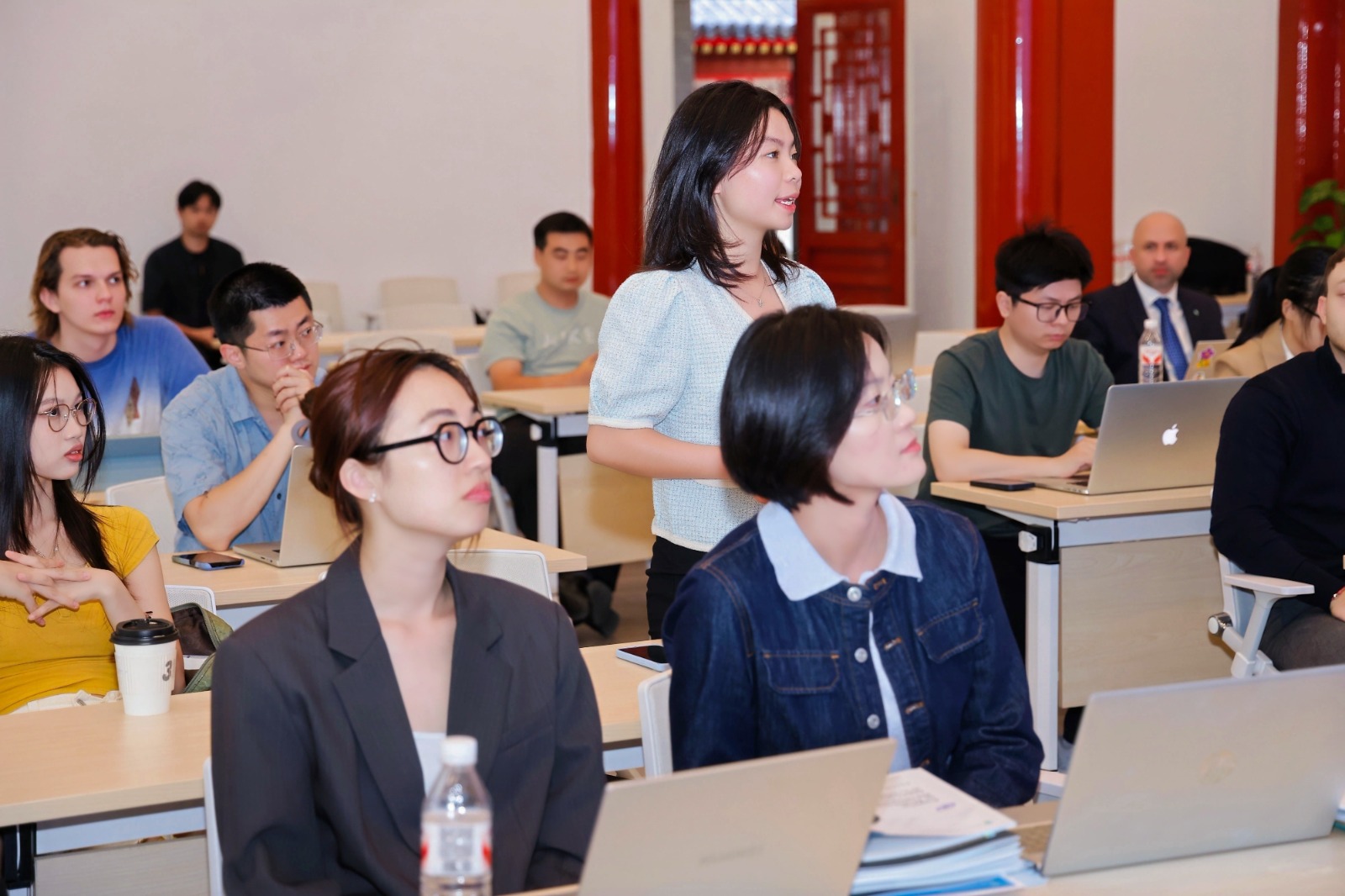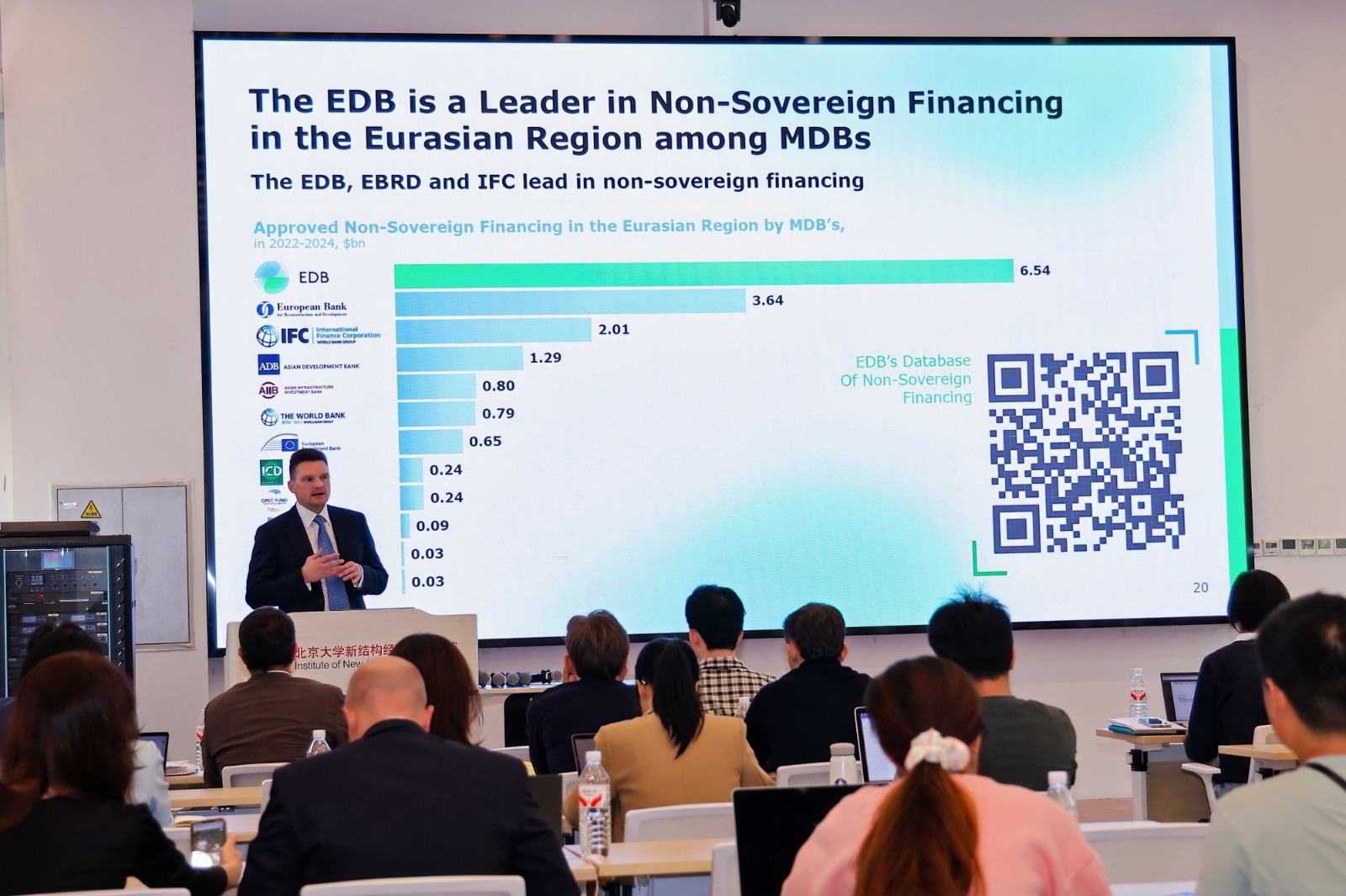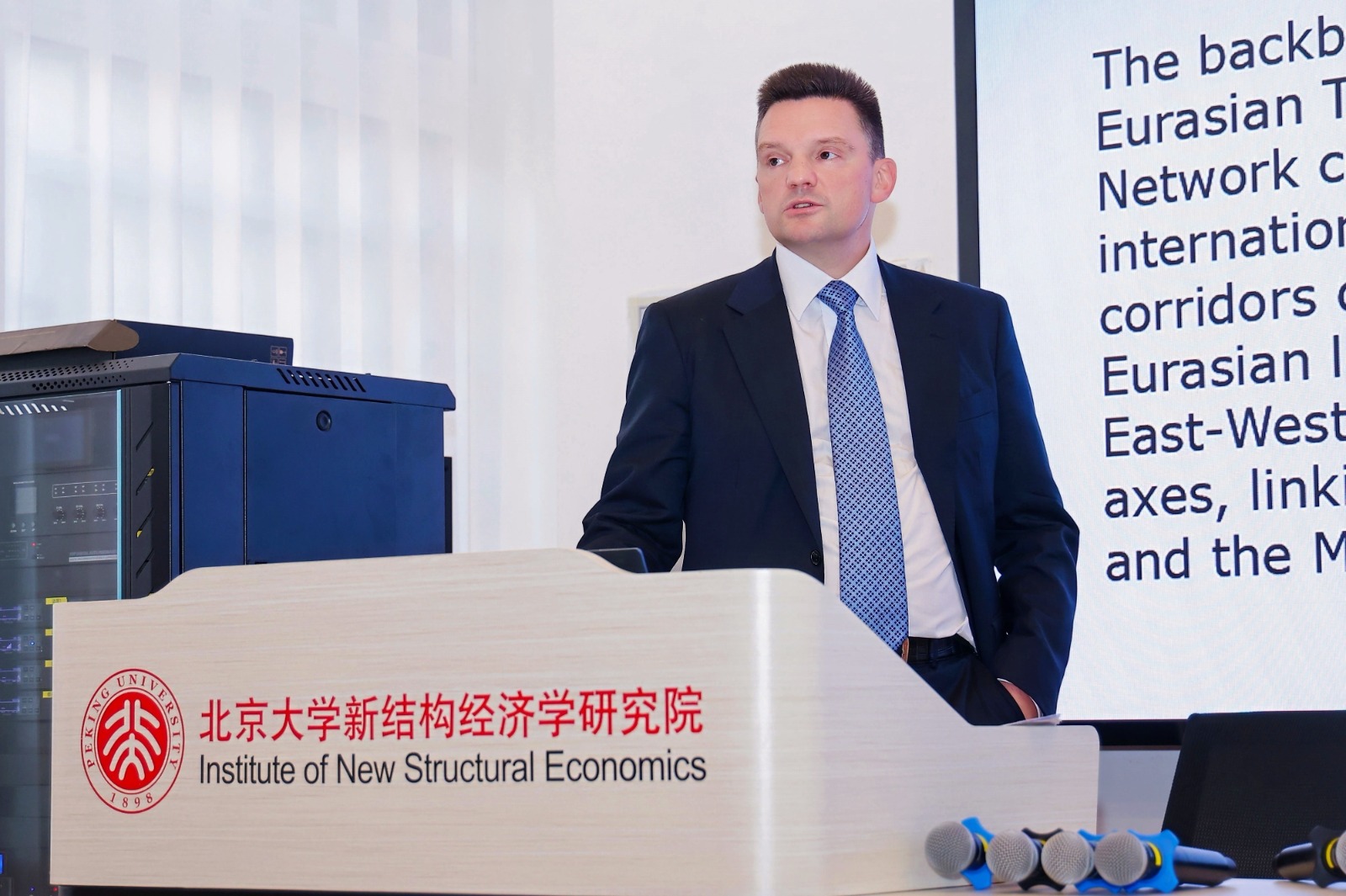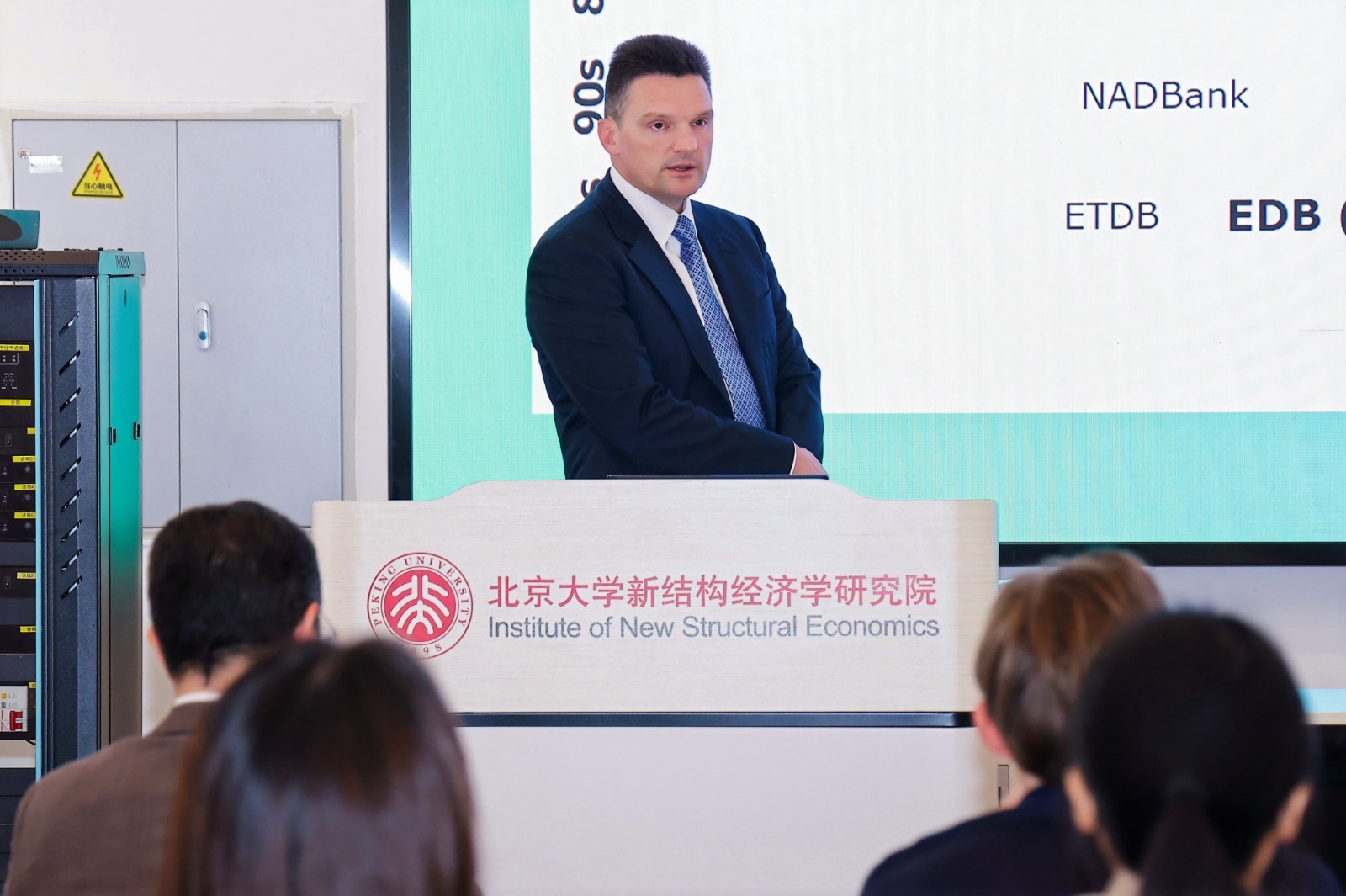Head of the Eurasian Development Bank Spoke in China: “Multilateral Development Banks Need a New Dynamic”
Chairman of the Management Board of the Eurasian Development Bank (EDB), Nikolay Podguzov, delivered a lecture on September 25 at Peking University at the invitation of the Institute of New Structural Economics. His speech was devoted to the role and future of Multilateral Development Banks (MDBs), which invest around 200 billion US dollars annually into the global economy.
MDBs have a significant impact on global and regional markets. Their total assets are estimated at nearly 2 trillion US dollars. However, the system is experiencing stagnation: over the past 25 years, MDB assets relative to GDP have decreased from 1.9% to 1.7%.
“This system works, but it can work better. It needs revitalization — new ideas, new energy, new dynamics,” Podguzov emphasized.
According to the Chairman of the EDB, the current gap between the required and actual investments in the infrastructure of developing countries is enormous. To meet global challenges, assets and investments must grow faster than the world economy.
To achieve this, it is necessary to significantly increase the volume of investments, particularly in key sectors such as industry, agriculture, low-carbon energy, and cross-border transport infrastructure, as well as to expand financing in local currencies and to unite the efforts of MDBs in implementing large-scale projects.
Multilateral Development Banks are actively working in China and with its key partners, developing and launching strategically important projects, including renewable energy facilities, water-saving technologies, infrastructure projects, improvements in production sustainability, as well as the development of cross-border transport routes and logistics hubs in the region.
MDBs provide both sovereign and non-sovereign financing. The former refers to funds allocated directly to governments, while the latter involves loans and investments extended to private and state-owned companies. The EDB specializes in the latter and has created a Multilateral Development Banks Non-Sovereign Financing Database.
Another important area of activity for the Eurasian Development Bank is financing projects in its member countries in Chinese yuan. The EDB is already cooperating with Chinese banks and financial institutions and also plans to enter the capital markets to raise resources in China’s national currency. Podguzov emphasized the need to further expand such cooperation, which would not only increase the volume of funds raised in yuan but also make it possible to finance larger-scale projects, primarily in infrastructure, energy, and cross-border logistics.
Podguzov paid special attention to Central Asia and the activities of the EDB. The Bank is actively operating in the markets of Kazakhstan, Kyrgyzstan, Tajikistan, Uzbekistan, as well as China and the UAE.
“At present, Central Asia represents an economy of half a trillion US dollars. Its average growth over the past 20 years has been 6%. There is strong interest in implementing cross-border transport and energy projects with China,” noted the head of the EDB.
The projects implemented by the Bank in Eurasia, including the development of the Eurasian Transport Framework, largely overlap with China’s Belt and Road Initiative and are aimed at improving transport connectivity across Eurasia.
“The EDB is one of the main drivers of economic growth in Central Asia. Our projects are focused on enhancing transport connectivity, expanding trade and investment in Eurasia. This serves our common interests,” Podguzov concluded.
Background:
The Eurasian Development Bank (EDB) is a multilateral development bank engaged in investment activities across the Eurasian region. For more than 19 years, the EDB has been promoting the strengthening and expansion of economic ties and the comprehensive development of its member states. As of July 2025, the EDB’s accumulated portfolio includes 319 projects with a total investment volume of USD 19.1 billion. The majority of the Bank’s portfolio consists of projects with integration effects in the fields of transport infrastructure, digital systems, green energy, agriculture, industry, and mechanical engineering. In its activities, the Bank is guided by the UN Sustainable Development Goals and ESG principles.
Within the framework of its 2022–2026 Strategy, the EDB is implementing three megaprojects: “Central Asia Water and Energy Complex,” “Eurasian Transport Framework,” and “Eurasian Commodity Distribution Network.”
The Eurasian Transport Framework is a network of interconnected latitudinal and longitudinal international transport corridors and routes that ensure both internal and transcontinental connectivity of the Eurasian countries. The backbone of the Eurasian Transport Framework consists of international transport corridors running east–west and north–south with a total length of more than 50,000 km, linking Asia, Europe, and the Middle East. The interconnection of corridors creates a synergy effect, resulting in freight traffic growth of up to 40%.

